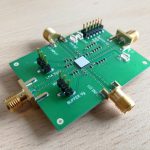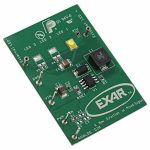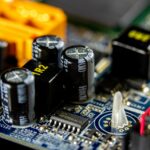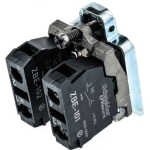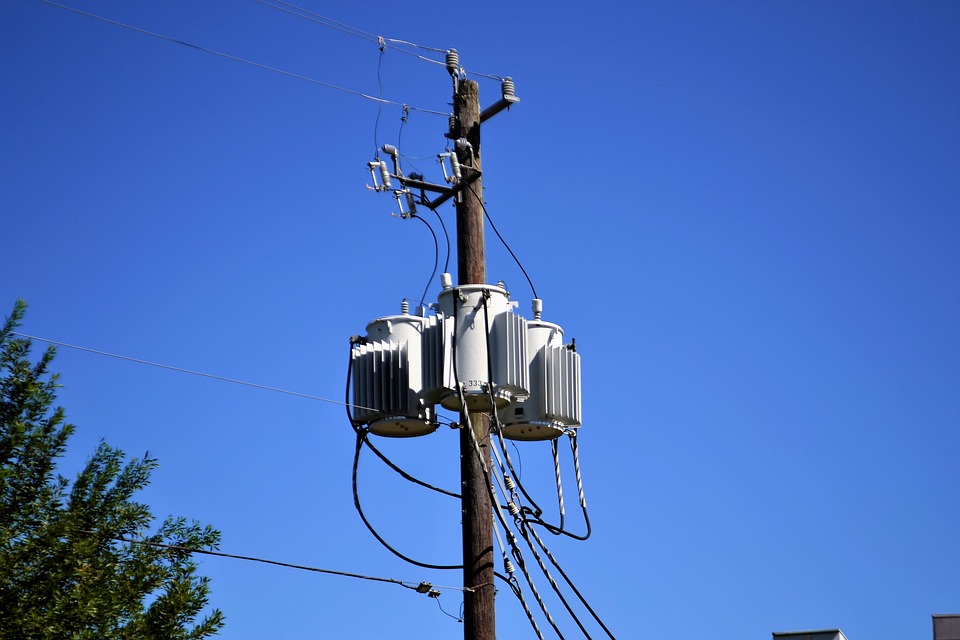
Voltage and Power monitoring
Industrial controllers employ switch mode transistor, rectifiers and thyristor device to control power by manipulating the duty cycle of the input waveforms. However, the resulting waveforms are very complex hence in order to measure and monitor their power levels, the RMS levels of current and voltage must be determined. It possible to perform programmed calculation on a waveform acquired by an oscilloscope to determine the RMS. However, this can be very time consuming. RMS-to-DC converter comes in handy in remedying this. RMS-to-DC converters simplifies power measurements by outputting a DC level that is proportional to the input waveform RMS level. They used in power monitoring control and instruments to simplify the measuring the RMS level of complex, non-sinusoidal waveforms.
Complex Waveform and RMS
Modern electronics do not use just DC or sinusoidal voltage waveforms. Quantifying and measuring these waveforms becomes difficult. Traditional voltmeters use full-wave rectified average to measure the effective voltage. They work fine for sine waves, however, they produce incorrect reading with complex waveforms. It is only RMS measurement that produces waveform independent effective values.
RMS
What exactly is RMS? An RMS value is the value arrived at by squaring instantaneous values, taking the average and then their square root. The averaging time should be suitable so as to allow filtering at the lowest frequencies required of the measurement. RMS offers the most accurate information on a waveform’s amplitude. It is the most impartial and coherent way to measure and compare dynamic signals.
RMS-to-DC Converter
RMS-to-DC converter is a device that gives out a DC output that is directly proportional to the RMS amplitude of an input signal. The first RMS-to-DC converters were actually used to measure the amount of heat produced by the input waveform connected to a load. They have since evolved to integrated circuits that perform the exact same task electronically. There are three methods that RMS-to-DC converters use to compute RMS:
Explicit
In this technique, the signal is squared, then averaged and finally the square root is extracted. The squaring and the extraction of square root is effected using log-antilog transistor arrays. The averaging is implemented using an RC low pass filter. The challenge with this method is that the square root process results in measurements that have a dynamic rage hence raising the possibility of very large errors.
Implicit
This method remedies the challenges presented by the implicit technique by rearranging the mathematical operations using feedback. At the input stage there is a multiplier whose output is fed back as the divisor. This is an ingenious way of avoiding the square root operation. The AD737RZ-RL utilizes the implicit technique.
Delta-sigma
This technique utilizes the delta-sigma modulator that plays the role of a divider. When the polarity of the modulator is switched, it serves as a multiplier. The modulators out is a pulse which has an average duty cycle that is proportional to the ratio of the input signal to the output signal. It is the output pulse that drives the switching of polarity between gain values of +1 and -1 leading to the output being proportional to the ratio of the input squared to the output. Averaging is provided by the low pass filter. Delta-sigma is faster leading to higher measurement bandwidth. The LTC1966IMS8 chip uses the Delta-sigma technique.
Application of RMS-to-DC converters
RMS-to-DC converters are applied where there is need to monitor or control signal levels. They can be applied in:
Monitoring three phase power
To achieve this, AD436 chip is used alongside a 3:1 multiplexer. This makes it possible to use a single RMS-to-DC converter to monitor the three phases. Phase voltages are sampled with the help of 1000:1 high voltage dividers. The output from the AD836is routed to an analog-to-digital converter (ADC). The multiplexer and the ADC continuously sample all phases within the period of 20ms power line voltage period. AD84336 employs the implicit technique. It offers an accuracy of ± 0.25% with 1 MHz bandwidth.
Measuring non-periodic waveforms
Noise and noise-like signals like the Gaussian noise are hard to characterize. Their amplitudes can be quite high. Their RMS levels however, are better behaved. RMS-to-DC converters like the LTC1966 can be used to monitor such signals.
Conclusion
Courtesy of RMS-to-DC converters, the measurement of effective power is simplified as the need writing and debugging numerous programming codes is eliminated. These converter are also low cost hence are ideal for measurement, monitoring and control of waveform.










